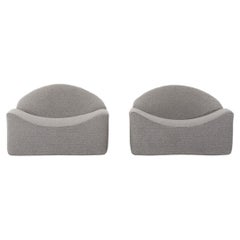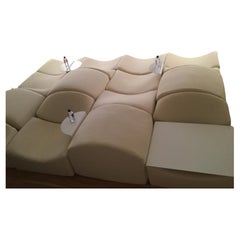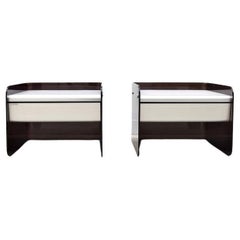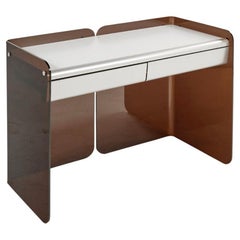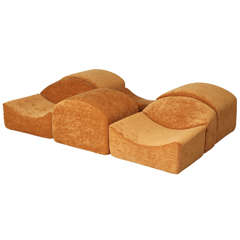Asmara Ligne Roset
Mid-20th Century French Armchairs
Fabric, Foam
Mid-20th Century French Mid-Century Modern Sofas
Fabric, Foam
Vintage 1970s French Space Age Night Stands
Stainless Steel
Vintage 1970s French Space Age Desks
Stainless Steel
Recent Sales
Vintage 1960s Sectional Sofas
Foam, Upholstery
People Also Browsed
2010s South African Minimalist Pedestals
Hardwood
21st Century and Contemporary Italian Mid-Century Modern Wall Lights and...
Brass, Metal
21st Century and Contemporary Italian Modern Sofas
Wool, Cotton
2010s Canadian Modern Wall Lights and Sconces
Brass
21st Century and Contemporary British Organic Modern Wall Lights and Sco...
Plaster
21st Century and Contemporary Swedish Mid-Century Modern Table Lamps
Textile
Vintage 1970s Italian Mid-Century Modern Bedroom Sets
Steel, Chrome
21st Century and Contemporary Portuguese Art Deco Chandeliers and Pendants
Metal
2010s Austrian Jugendstil Chandeliers and Pendants
Silk
Vintage 1960s American Mid-Century Modern Sofas
Upholstery, Walnut
Mid-20th Century Italian Art Deco Side Tables
Marble, Brass
Vintage 1970s Italian Post-Modern Beds and Bed Frames
Steel, Chrome
20th Century American Night Stands
Metal
Vintage 1970s Mid-Century Modern Swivel Chairs
Chrome
Vintage 1970s Italian Mid-Century Modern Sofas
Leather, Walnut
Vintage 1930s Italian Art Deco Wardrobes and Armoires
Metal, Brass
Materials: Plastic Furniture
Arguably the world’s most ubiquitous man-made material, plastic has impacted nearly every industry. In contemporary spaces, new and vintage plastic furniture is quite popular and its use pairs well with a range of design styles.
From the Italian lighting artisans at Fontana Arte to venturesome Scandinavian modernists such as Verner Panton, who created groundbreaking interiors as much as he did seating — see his revolutionary Panton chair — to contemporary multidisciplinary artists like Faye Toogood, furniture designers have been pushing the boundaries of plastic forever.
When The Graduate's Mr. McGuire proclaimed, “There’s a great future in plastics,” it was more than a laugh line. The iconic quote is an allusion both to society’s reliance on and its love affair with plastic. Before the material became an integral part of our lives — used in everything from clothing to storage to beauty and beyond — people relied on earthly elements for manufacturing, a process as time-consuming as it was costly.
Soon after American inventor John Wesley Hyatt created celluloid, which could mimic luxury products like tortoiseshell and ivory, production hit fever pitch, and the floodgates opened for others to explore plastic’s full potential. The material altered the history of design — mid-century modern legends Charles and Ray Eames, Joe Colombo and Eero Saarinen regularly experimented with plastics in the development of tables and chairs, and today plastic furnishings and decorative objects are seen as often indoors as they are outside.
Find vintage plastic lounge chairs, outdoor furniture, lighting and more on 1stDibs.
